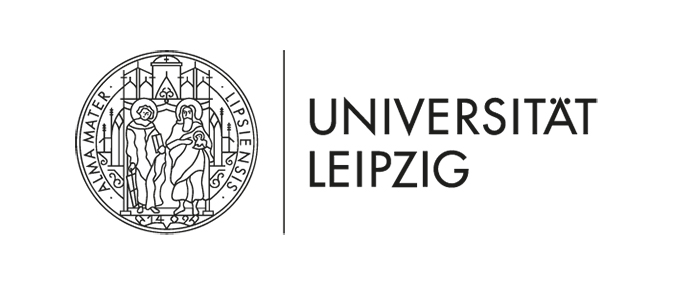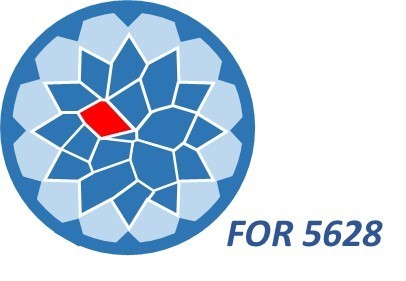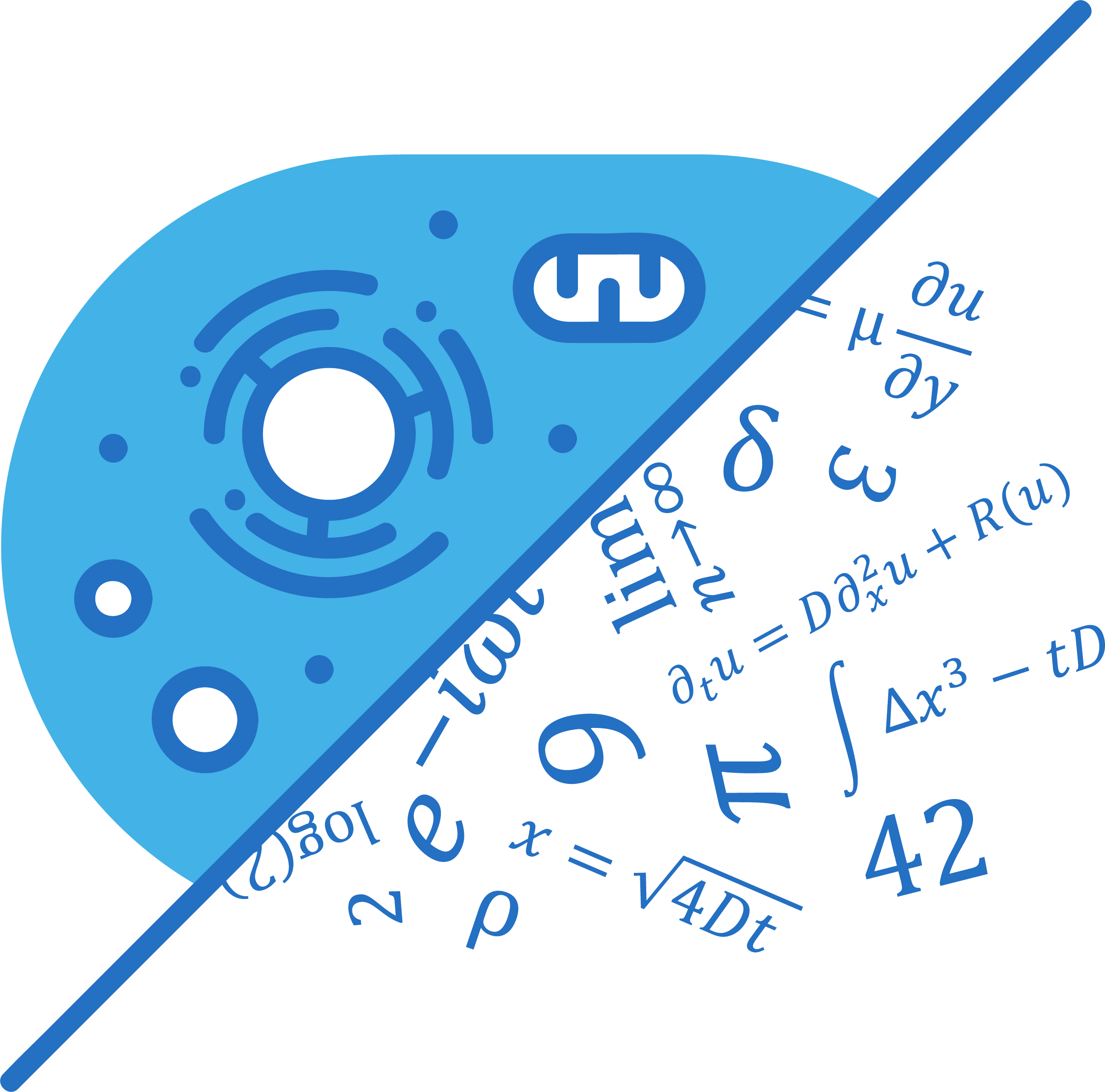|
15th Annual Symposium Physics of Cancer Leipzig, Germany Sept. 30 - Oct. 2, 2024 |
PoC - Physics of Cancer - Annual Symposium | ||||||||||||||||||||||||||||||||||||||||||||||||||||||||||||
|
|
Contributed Talk
Maturation of an epithelial monolayer: molecular crowding as a cue for intracellular viscoelastic rigidification
Contact:
In the past decades, there has been increasing appreciation of the importance of mechanical properties in cancers and their development, as several studies have reported that the mechanical properties of cells could be used as critical biomarkers to discriminate between cancerous and benign cells [1,2] . Indeed, metastatic cancer cells were shown to be overall softer externally and exhibit a lower internal viscoelasticity when compared to non-invasive cells [3,4] . Additionally, the tumorigenicity of cells has been shown to be highly correlated to distinct morphological features related to the cell spreading area, membrane irregularity and elongation [5] . As a result, mechanobiological studies have aimed to establish the fundamental relationships between the mechanical properties of cells and the regulation of their morphology and dynamics within a tissue. While single cell studies using standardized methods such as AFM or optical tweezers have shown promising results [6,7] , there is currently very little knowledge on how the internal cell mechanical properties impact collective cell movements at the tissue scale.
We set out to investigate the interaction between the intracellular viscoelastic properties of MDCK cells and their morphology as well as their collective motion in an epithelial monolayer tissue. The rheology of the cytoplasm is characterized by performing live-cell measurements of its static viscosity and elastic modulus using a method based on rotational magnetic spectroscopy [8] . This active microrheology method consists of measuring the rheology of the cytoplasm by tracking the motion of internalized magnetic microwires in an external rotating magnetic field. This approach allows for simultaneous measurements of the internal viscosity and elasticity of cells in a monolayer, by probing low frequencies in time scales relevant to tissue dynamics (i.e mHz). We are applying this method to measure the intracellular viscoelasticity during the maturation and jamming of an MDCK epithelial monolayer and to compare these results to external mechanical measurements performed with a nanoindentor. We are investigating the origin of the observed intracellular rigidification during confluency by testing two potential mechanisms: changes in the cytoskeleton and regulation of cell volume. Specifically, we determine the effect of perturbation of the three main cytoskeletal components: actin, microtubules and intermediate filaments. We also address how osmotic perturbations impact cytoplasmic viscoelasticity and volume, as well as determine the osmotic pressure during cell confluency. Overall, this work aims to assess the effect of key processes that regulate the mechanical state of epithelial cell cytoplasm during the collective jamming transition at high confluency.
|









